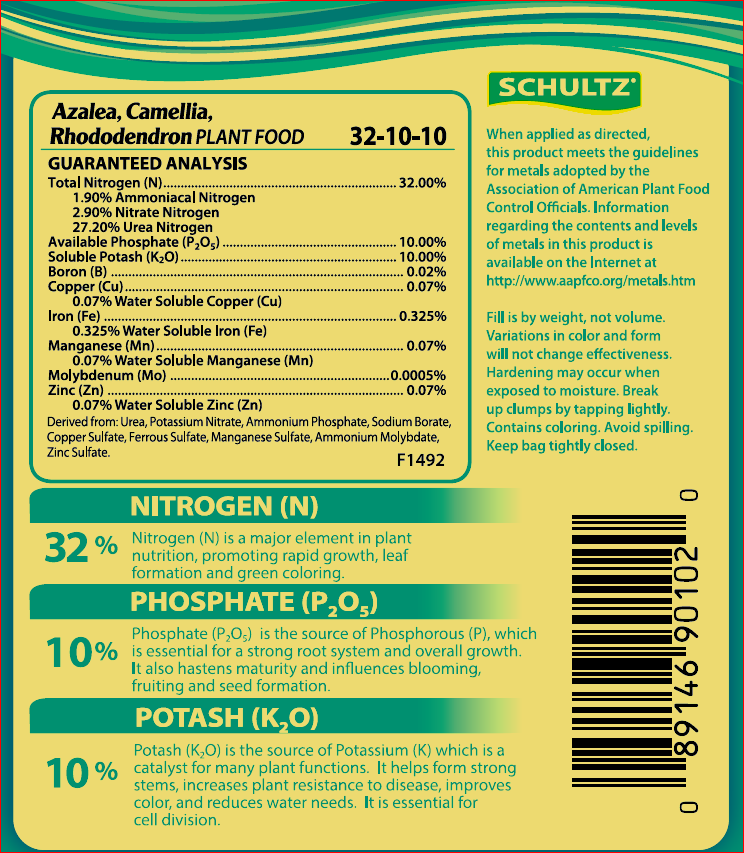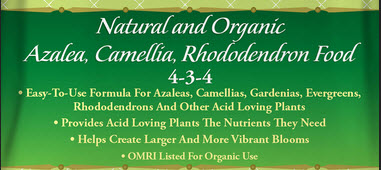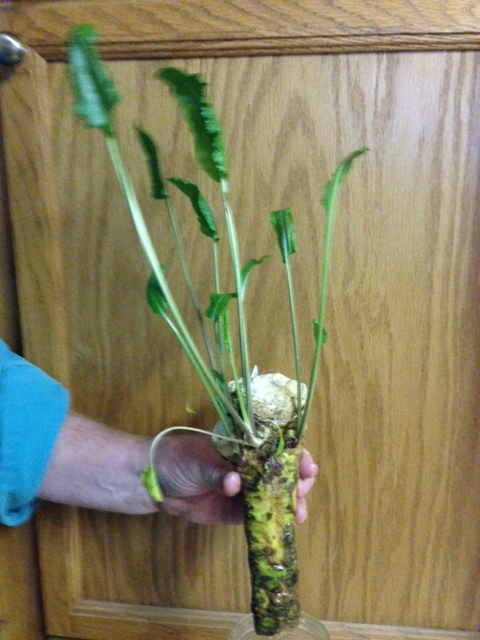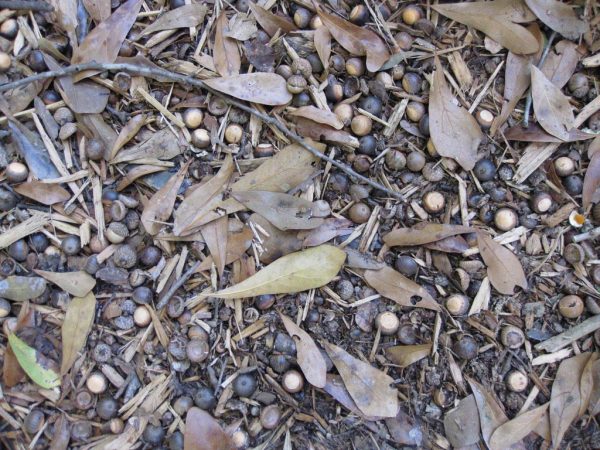What is the difference between 34-10-10 and 4-3-4 Azalea Fertilizer?
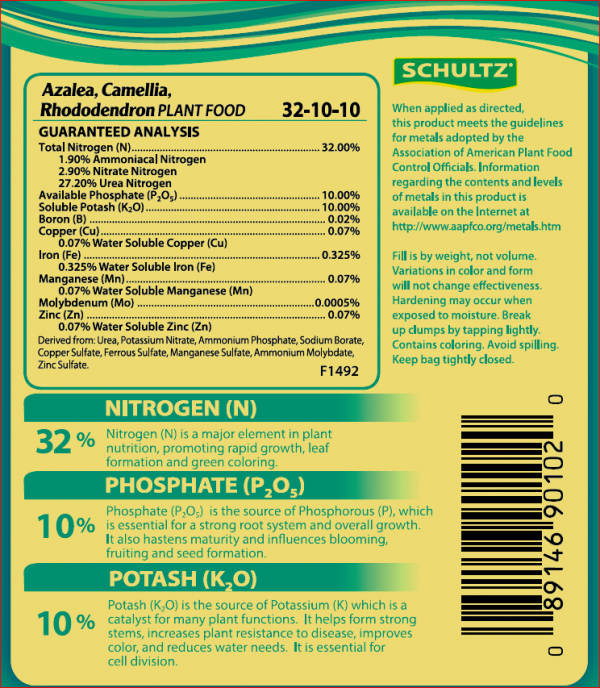
Q: What is the difference between Azalea, Camellia, Rhododendron fertilizer (34-10-10) and Azalea, Camellia, Rhododendron fertilizer (4-3-4)?
A: An excellent question! Let me put my thinking cap on.
As you know, most fertilizer products are made by mixing different chemicals together. These chemicals supply the nitrogen, phosphorus, and potassium that plants need.
The percentage of nitrogen (the first number) in a fertilizer product is determined by the chemical that supplies the nitrogen. Examples: Ammonium nitrate is 33-0-0. Ammonium sulphate is 21-0-0. Urea is 45-0-0. Calcium nitrate is 24-0-0.
Phosphorus might come from super phosphate (0-21-0) or concentrated super phosphate (0-45-0).
Potassium might come from potassium chloride (0-0-60) or potassium sulfate (0-0-50).
So a fertilizer company takes one of the nitrogen-supplying chemicals, one of the phosphorus-supplying chemicals and one of the potassium-supplying chemicals and puts them in a big mixer. Depending on how much of one or the other is chosen, the stuff that comes out of the mixer could be 34-10-10 or 10-10-10 or 16-4-8 or any other combination.
All of the chemicals above dissolve in water quickly, so after a rain or an irrigation they are immediately available for plant roots to suck up and feed the plant.
To keep from burning plant roots with too much fertilizer, the directions on a bag or box tell exactly how much fertilizer to apply at one time.
But what if gardeners demand something other than quick-dissolving fertilizer?
Now the fertilizer company goes out and finds materials that contain nitrogen and phosphorus and potassium……but these chemicals don’t dissolve in water very quickly. They could use blood meal (12-1-1) for nitrogen, rock phosphate (0-18-0) for phosphorus and wood ash (0-1-3) for potassium.
Putting these things in the big factory mixer results in a fertilizer that dissolves slowly to feed plants.
So, back to the original question: what’s the difference between 34-10-10 and 4-3-4?
Generally, any fertilizer product with numbers above 6 is a fast-dissolving, water-soluble fertilizer.
Any fertilizer product with numbers of 6 and below is made from organic materials that dissolve slowly to release nitrogen and phosphorus and potassium to the plant.
Directions on the 34-10-10 will say to apply 3 pounds per 1000 square feet. Directions on the 4-3-4 will say to add considerably more of the product to your plants every six weeks.
One works rapidly and one works slowly to feed plants.
But is one better than the other? Many gardeners will argue that NO plant actually likes to be force-fed with water-soluble nutrients. They will also note that the slow-release products contain lots of micronutrients (calcium, iron, magnesium,etc) that fast-release products do not have.
My opinion is that 34-10-10 will certainly make a shrub turn green and grow fast, if that’s what you want. But the 4-3-4 is probably better for the plants in the long run.
